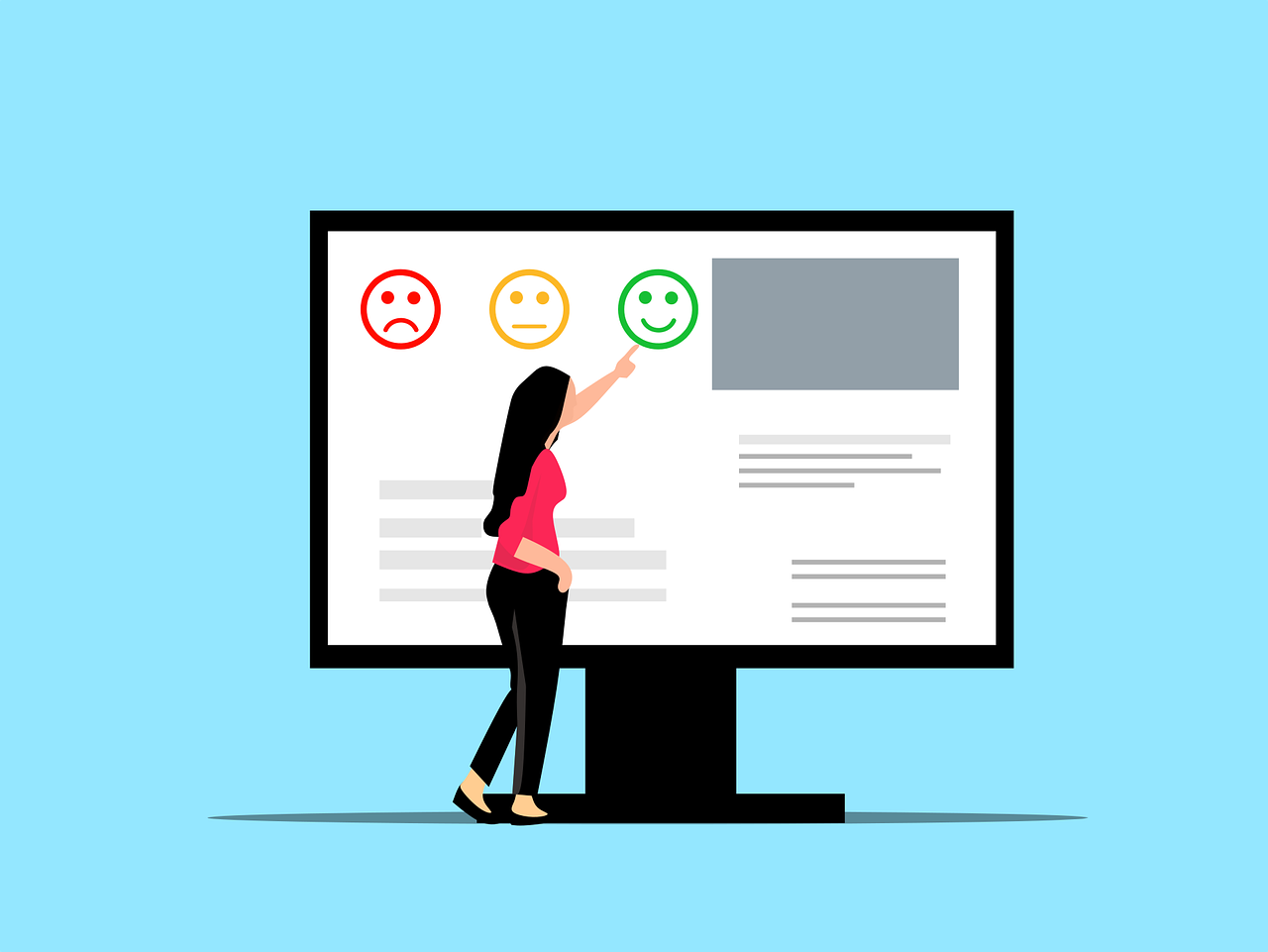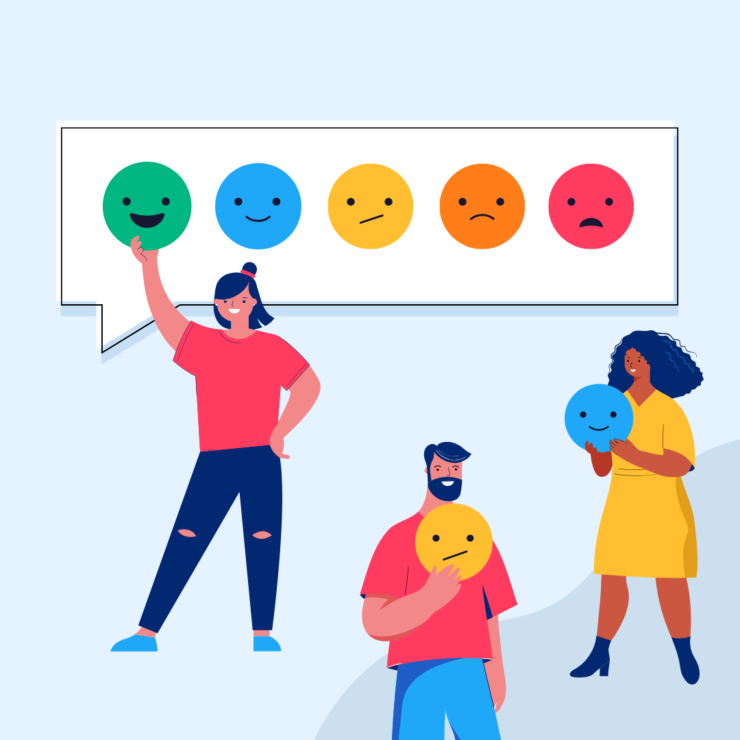Companies grow and survive through their reputations. Success depends on your ability to retain and attract loyal customers. In this context, the earlier you invest in a good customer experience, the sooner you start building better relationships with your customers.
Customer experience (CX) is the relationship between a company and its customers. In this 5-minute read, you can learn why customer experience is important for your business and the key points on how to develop your customer experience strategy.
What is Customer Experience?
Customer Experience (CX) encompasses all interactions customers have with your company throughout every stage of their journey, even if it doesn’t result in a purchase. It focuses on the relationship between a business and its customers. Whether it’s calling customer service, watching an advertisement, or something as simple as paying a bill, it builds or influences every exchange between a customer and a business. Most importantly, customer experience is how customers perceive these interactions collectively.
“Customer Experience includes every interaction a customer has with a company at every touchpoint throughout the stages of the customer journey.”
Customer Experience and Customer Service: What’s the Difference?
Customer service is one element of the customer journey, while customer experience encompasses the entirety of a customer’s interactions with the brand. Simply put, we can say that customer service is just one piece of the customer experience puzzle.
A well-functioning customer service unit is vital for the overall customer experience of your company. Representatives are often the first (and sometimes the only) human voice customers hear when they encounter an issue. This interaction can be the cornerstone of building a relationship with the customer and is an opportunity to leave a lasting, positive impression.
Why is customer experience important?
Research indicates that more than half of businesses will prioritize improving customer experiences as their top business priority in the coming year. Providing a good customer experience offers the following benefits to your company:
- Improved customer retention
- Increased ‘lifetime customer’ value
- Stronger brand loyalty
- Better brand reputation
- Greater competitive advantage
How customers feel about your brand is tied to ‘customer retention, lifetime value, and brand loyalty.’ If you’ve built a relationship with your customer through a positive experience, they are likely to come back repeatedly. According to research, 81% of customers say that a positive customer service experience increases the likelihood of making another purchase.
On the other hand, attracting and retaining customers in an intensely competitive business environment is not easy. A good customer experience also provides a competitive advantage.
After a single bad experience:
o 61% of customers switch to a competitor.
After two bad experiences:
o 72% walk away.
Companies are now aware that providing a high-quality customer experience is the best way to stand out in competition. In other words, if having a good product and competitive pricing is not enough to build loyalty, then you need to differentiate yourself with a positive and personalized customer experience
What is Customer Experience Management (CXM)?
Customer Experience Management (CXM) is the process of measuring, analyzing, and improving the experience you provide to customers. CXM looks at the entire customer journey to identify pain points and how to address them.
How to Develop Your CX Strategy: 7 Tips
You can start improving the customer experience by placing the customer at the center of your strategy. Now, let’s look at seven tips to enhance your customer experience strategy;
1. Create Feedback Loops
Customer feedback provides valuable insights into the expectations of your audience and how you can better meet them. It is crucial to establish a feedback loop with customers and act according to what they tell you. This not only builds trust but also ensures that customer feedback doesn’t remain just words
2. Create a Multichannel Experience
Customers don’t want to have to explain the same issue to different departments multiple times. Creating a multichannel experience that meets customers where they are and ensures a consistent communication journey, with their conversation history and content seamlessly transferred from channel to channel, is highly valuable.
3. Provide Self-Service Options
Customers often prefer to solve basic issues on their own rather than reaching out to a live representative. In this regard, help chatbots that provide quick answers or guide customers in the right direction can be quite effective. However, you should always ensure that your content is accurate and up-to-date; for instance, an unhelpful article can turn into a bad experience.
4. Provide Personalization
According to reports on future trends, 68% of consumers expect experiences to be personalized in the following areas:
o Interaction through their preferred communication method
o Product recommendations based on purchase or search history
o Sharing personalized self-help content and FAQs
Personalization makes people feel valued. Therefore, adapting customer relationships based on profiles is important. Gathering information about who your buyers are (preferences, personalities, purchasing habits, etc.) can help representatives better customize their support and provide quicker solutions. Conducting user experience (UX) research on your company’s support initiatives can be beneficial in finding ways to offer more personalized interactions.
5. Empower Customers through Artificial Intelligence
AI-powered chatbots and virtual customer assistants are useful for quick, repetitive tasks. However, when chatbots cannot fully resolve an issue or question, they should seamlessly transfer the customer to a human agent to continue the conversation.
6. Provide Proactive Experiences
An exceptional experience anticipates customers’ needs and addresses an issue before it escalates or even occurs. Being proactive creates a unique experience that feels personal, transparent, and trust-building, contributing to customer loyalty.
7. Use Data and Analytics
The stories in the data will provide you with clues on many fronts. Improving processes with your customers in mind starts with understanding what the data says about your buyers and support representatives. This information also helps you understand pain points, needs, and goals. Any data collected empowers you to improve CX.
How to Measure Customer Experience?
Customer experience encompasses a wide range of functions, making it challenging to measure. To achieve a comprehensive measurement, you should examine all the small components of the experience flow. Therefore, having as much data as possible is beneficial. You can collect valuable and actionable data to focus on your ideal customer experience by using the following methods:
- Send customer satisfaction surveys
- Analyze measurable data
- Conduct A/B tests for new customer experience trials
- Use your social media accounts as a virtual focus group
- Speak with customer-facing staff
How to Analyze Customer Experience?
Some companies lack knowledge on how to effectively analyze CX data. Adopting a more organizational and holistic approach in your CX strategy brings along customer satisfaction and loyalty. When analyzing customer experience, here are some important points to keep in mind:
Marketing
Marketing experts often engage in a dynamic set of activities, including advertisements, outbound campaigns, and word-of-mouth, aiming to create the first impression on potential customers. Data collected from customer touchpoints can help create more personalized interactions, leading to more loyal customers.
Sales
Sales define the expectations for the customer experience. Beyond quick retail sales experiences, the sales process is often meticulous throughout the customer journey to meet the needs of potential buyers. This provides valuable insights into what customers are looking for (such as specific features, follow-ups, or support requirements) that can influence other parts of the business.
Product
A company’s goods and services are closely connected to CX. Many consumers value a good customer experience more than the product itself; some even pay more for the experience they get from a product or service than for the product or service itself.
Customer Service
After a sale, customer service is typically the department that interacts most with the customer. Support representatives gather real-time feedback: they learn how buyers interact with the product, understand pain points, know expectations, and see how the customer base is changing. Feedback is of critical importance, and businesses cannot effectively improve without it.
In summary, to enhance your customer experience and establish effective strategies, you must first understand your customers. It is crucial to have command over your customer data and segment it. Using a next-generation CRM application that manages all your end-to-end customer data will be the first and most crucial step in improving your customer experience.




